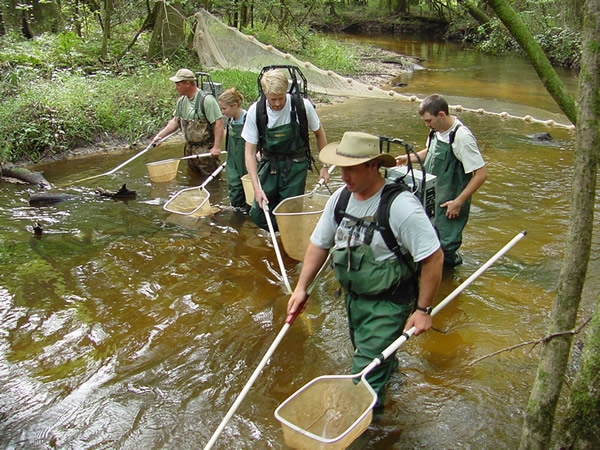@DSC 's good friend 'The Fixer' just wrote one of his silliest columns ever...............
Trying to spark mass panic about Cow Parsnip.
Contact with the sap of the noxious plant can cause painful blisters, burns and scarring.

www.thestar.com
This plant, which is native, looks similar to Giant Hogweed, over which there is similar hyperbole.
The idea that if you barely rub up against the plant you face extreme danger is so unreasonable as to be comical.
Its certainly not impossible you may get an adverse reaction; but severe outcomes are very, very rare.
Toronto's natural areas are filled with a variety of plants more likely to cause you problems.
I dare not list them for fear 'The Fixer' will want 20% of the plants in Toronto removed.
*****
I want to be clear, I am very sympathetic to people who have faced the most serious outcomes from assorted plant interactions.
In the case of Wild Parsnip/Cow Parsnip or Giant Hogweed the reactions in worst cases can be very serious. The severe outcomes arise out of getting the sap
that is inside the plant, on your skin; and then going exposing, your unwashed skin to the sun. (2nd degree chemical burns, and possibly, if you get it in your eyes, blindness)
Its horrible, and I wouldn't wish it on anyone. But if you wanted to eradicate all the plants that could cause you serious harm, you'd have to wipe out dozens of native species.
I wouldn't go so far as to suggestion that simply brushing up against Cow Parsnip is risk-free; but in most circumstances, its fairly close.
Its the sap inside the plant that is a serious risk.
Typically, you would only be exposed to that if you broke the plant open, or fell on it.
At any rate.........
I couldn't begin to list every plant that could harm by means of exposure or ingestion.........
But I hope no one tells the Fixer about Poison Ivy, or Poison Sumac or Poison Oak, or Virginia Creeper or Wisteria, or Water Hemlock or...... you get the idea.....
PS; while most of us, myself included, will not follow good guidance all the time; it really is wise, if hiking into a natural area, where some contact with plants is to be expected ( narrow foot path etc), wear pants, wear long sleeves; don't touch what you can't identify.
In most cases, not following that guidance won't get you in trouble...........but sometimes.........it will.







:format(webp)/https://www.thestar.com/content/dam/thestar/news/gta/2021/06/18/beware-scarborough-hikers-the-dangerous-cow-parsnip-is-flourishing-in-a-bluffs-woodlot-in-the-guild-inn-park-and-gardens/fixer.jpg)

